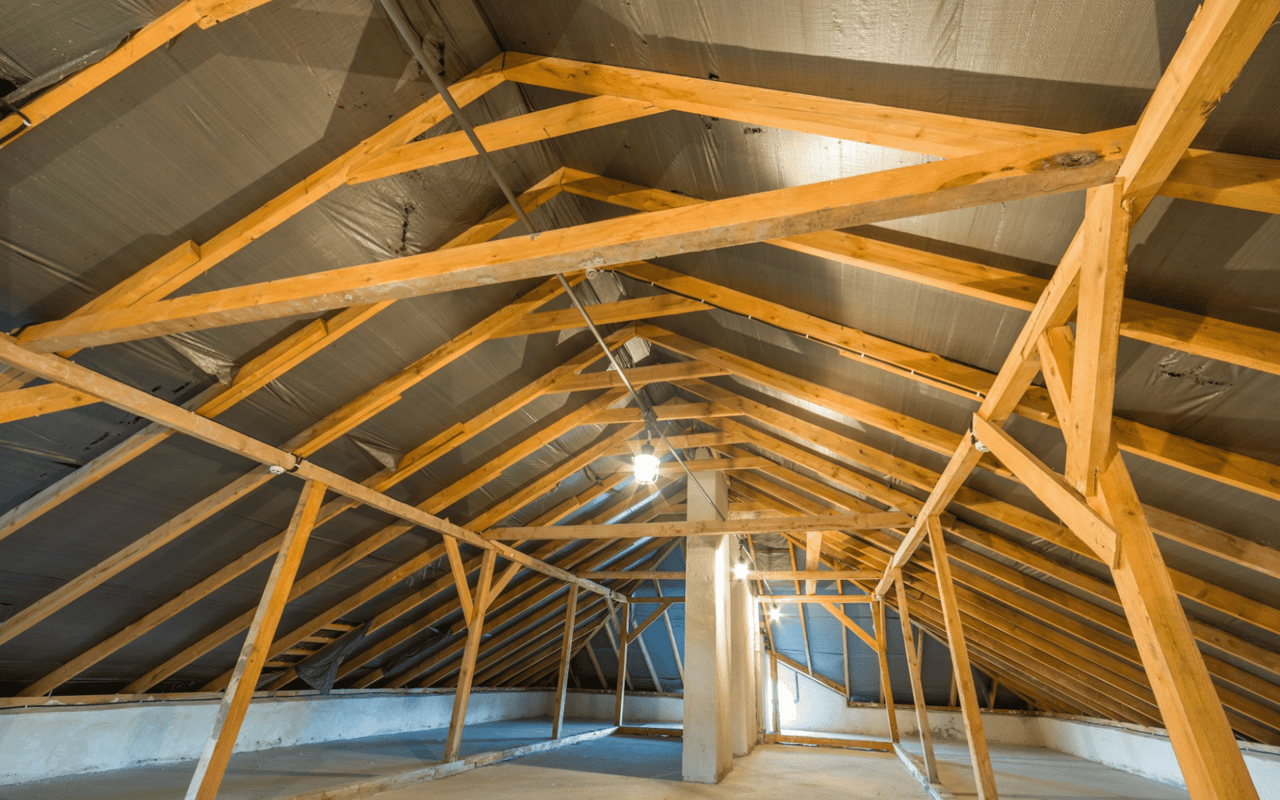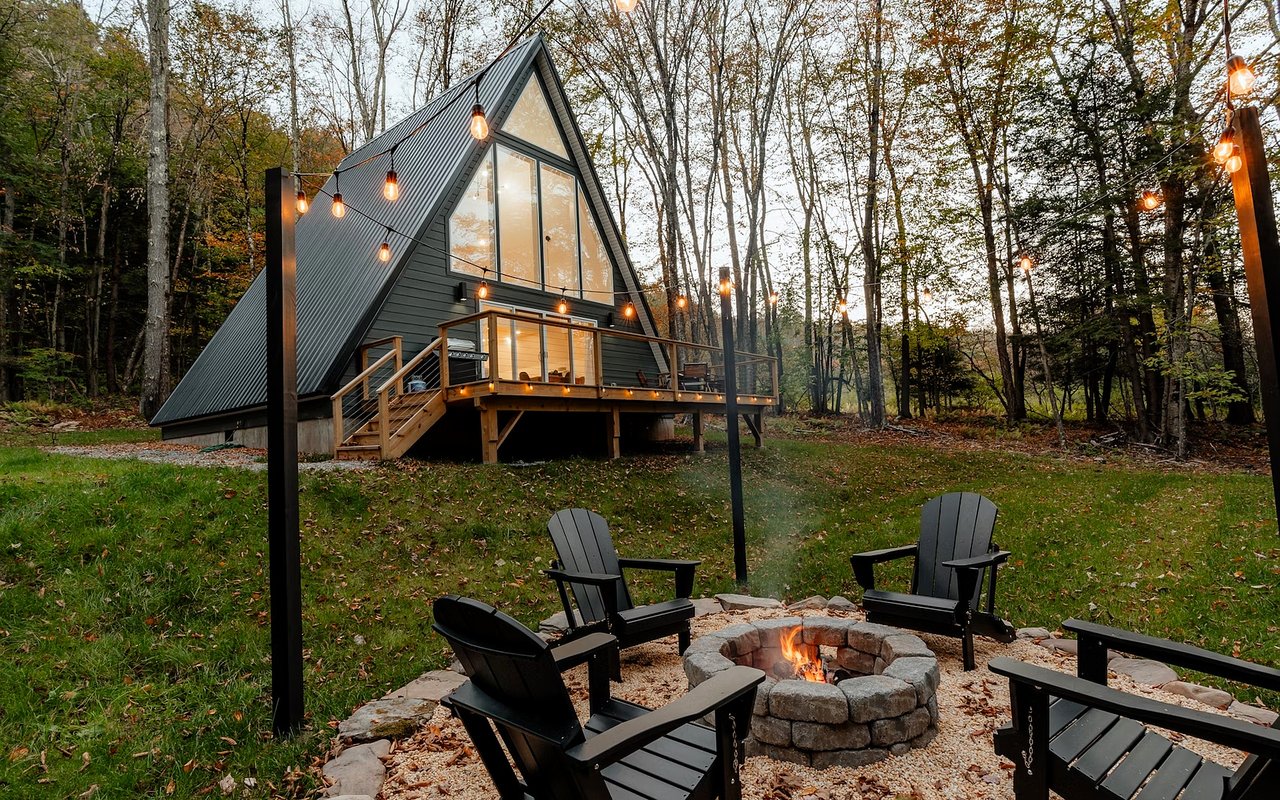Buying a home is one of the most significant investments you will ever make. To ensure that your investment is sound, a thorough home inspection is crucial. This process helps identify potential issues that could lead to costly repairs and provides peace of mind that your new home is safe and in good condition. In this guide, we will explore the importance of home inspections, what to expect during the process, and tips to make the most out of your inspection.
Why a Home Inspection is Essential
A home inspection is a critical step in the home buying process because it provides an unbiased assessment of the property's condition. While a house may appear perfect on the surface, hidden problems can exist. These issues can range from minor maintenance needs to significant structural or mechanical problems. A comprehensive inspection can uncover these hidden issues, allowing you to make an informed decision about your purchase.
The Home Inspection Process
The home inspection process typically involves a licensed home inspector who conducts a detailed examination of the property. Here is an overview of what the inspection process entails:
1. Exterior Inspection
The exterior inspection includes an assessment of the home's structure, foundation, roof, and exterior surfaces. The inspector will look for signs of damage, such as cracks in the foundation, missing or damaged shingles, and issues with siding or paint. Additionally, the inspection will cover the condition of the driveway, walkways, and any outdoor structures like decks or patios.
2. Interior Inspection
The interior inspection covers all living spaces, including bedrooms, bathrooms, kitchen, and living areas. The inspector will check the condition of walls, ceilings, floors, windows, and doors. They will also assess the functionality of built-in appliances and fixtures, such as sinks, toilets, and bathtubs.
3. Structural Components
The structural inspection focuses on the integrity of the home's framework. This includes examining the foundation, basement, crawl spaces, and attic. The inspector will look for signs of water damage, pest infestations, and ventilation issues.
4. Electrical Systems
The electrical inspection involves checking the home's electrical panel, wiring, outlets, and fixtures. The inspector will ensure that the electrical system is up to code and identify any potential safety hazards, such as outdated wiring or overloaded circuits.
5. Plumbing Systems
The plumbing inspection includes an examination of the home's water supply and drainage systems. The inspector will check for leaks, water pressure issues, and the condition of pipes, water heaters, and fixtures. They will also assess the septic system or sewer lines if applicable.
6. Heating, Ventilation, and Air Conditioning (HVAC)
The HVAC inspection covers the condition and functionality of the home's heating and cooling systems. The inspector will check the furnace, air conditioner, ductwork, and thermostat. They will also assess the home's insulation and ventilation to ensure energy efficiency and comfort.
What to Expect During the Inspection
A typical home inspection lasts between two to four hours, depending on the size and condition of the property. As a buyer, it is highly recommended that you attend the inspection. This allows you to ask questions, gain a better understanding of the home's condition, and see any issues firsthand.
The inspector will provide a detailed report after the inspection, usually within a few days. This report will include descriptions of any problems found, photos, and recommendations for repairs or further evaluations. Review this report carefully and discuss any concerns with your real estate agent and the inspector.
Making the Most of Your Home Inspection
To ensure that you get the most out of your home inspection, consider the following tips:
1. Choose a Qualified Inspector
Hire a licensed and experienced home inspector. Check their credentials, reviews, and ask for references. A qualified inspector will have a keen eye for detail and the expertise to identify potential issues.
2. Be Present During the Inspection
Being present during the inspection allows you to ask questions and get a clearer understanding of the inspector's findings. It also gives you the opportunity to see the issues firsthand and discuss possible solutions.
3. Ask Questions
Do not hesitate to ask the inspector for clarification on any points of concern. Understanding the severity and implications of any issues is crucial for making informed decisions.
4. Review the Inspection Report Thoroughly
Take the time to read the inspection report carefully. Pay attention to any major issues or safety concerns. Use the report as a tool to negotiate repairs or price adjustments with the seller if necessary.
5. Plan for Future Maintenance
Even if the inspection does not reveal any major problems, use the report to plan for future maintenance. Knowing the condition of various systems and components can help you budget for repairs and upkeep over time.
Common Issues Found in Home Inspections
Understanding common issues found during home inspections can help you know what to look for and what to expect. Some frequent problems include:
- Roof Damage: Missing or damaged shingles, leaks, and poor drainage.
- Foundation Issues: Cracks, settling, and moisture problems.
- Plumbing Problems: Leaks, corroded pipes, and water pressure issues.
- Electrical Hazards: Outdated wiring, overloaded circuits, and faulty outlets.
- HVAC System Failures: Poor maintenance, leaks, and inefficiencies.
- Water Damage: Signs of past or present leaks, mold, and mildew.
- Pest Infestations: Evidence of termites, rodents, or other pests.
- Structural Deficiencies: Sagging floors, cracked walls, and poor construction.
Post-Inspection Steps
Once the home inspection is complete and you have reviewed the report, the next steps depend on the findings:
1. Negotiate Repairs or Price Adjustments
If the inspection reveals significant issues, you can negotiate with the seller to have repairs made or to lower the purchase price. Your real estate agent can assist with these negotiations.
2. Request Further Evaluations
For some issues, such as structural damage or electrical problems, you may need to bring in specialists for further evaluation. This can provide a more detailed understanding of the problem and the cost to fix it.
3. Make an Informed Decision
Based on the inspection report and any additional evaluations, decide whether to proceed with the purchase, negotiate further, or walk away. The goal is to ensure that you are making a well-informed decision about your investment.
A thorough home inspection is an essential step in the home buying process. It provides invaluable insights into the condition of the property, helping you make an informed decision and avoid costly surprises down the road. By understanding the inspection process, being present and engaged, and carefully reviewing the inspection report, you can ensure that your new home is a sound investment. Whether you are a first-time homebuyer or a seasoned investor, a comprehensive home inspection is your best tool for safeguarding your investment and ensuring peace of mind.
With vast experience selling luxury, multi-family, commercial, and farm and ranch real estate, Joy Vance possesses the marketing skills you need to sell your Montana real estate quickly and for top dollar. Experience the difference expert marketing makes in selling your luxury property. Contact Joy today!








